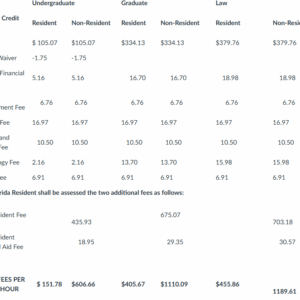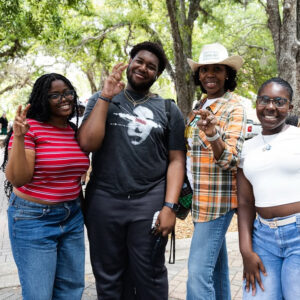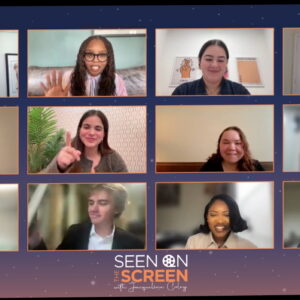| March 1st, 2018
Myth Buster: The Florida State University’s “Rape Trail”
By: journeymagazine
By| Aaliyah Wilkerson
Florida State University students crowd the FSU Bike Trail that is usually used as a shortcut to the Doak Campbell Stadium. Clothed in garnet and gold the Seminoles clasp their spears, beers, and erupt in cheers, walking on the trail that was once known as the “FSU Rape Trail.”
Florida State University’s Bike Trail has seen its days of crimes including rape, battery, assault and armed robberies so much that over the years, students at FSU have deemed it the “Rape Trail.” The trail runs from the intersection of West Pensacola Street and Stadium Drive to a point in Heritage Grove on Ocala Road and south of West Tennessee Street.
According to traillink.com, the two-mile trail follows the path of the Tallahassee- St. Marks Historic Railroad corridor that was used to reach Bainbridge, Georgia. The trail was developed in the 1990’s and has seen plenty of upgrades including Blue Light Phones and street lights for trail users.
Contrary to popular belief, the trail is most populated during the night by FSU joggers, bikers and even dog runners.
Though this site was rumored to be where serial killer, Ted Bundy took one of his victims from in 1973, FSU students feel that it is a new day and different time.
Click here to view juxtapose images of the trail.
Approaching the entrance of the FSU Bike Trail, the eerie sound of crickets chirping and spaced out dimly lit street lights, in the surrounding darkened wooded area could be seen as a warning, however students similar to Theatre student Jennie Coutrier haven’t experienced any suspicious activities taken place, nor has she heard of them recently.
“I’ve only walked it a few times during game day. I haven’t heard anything recently, but would never walk it alone,” said Coutrier.
However, everyone’s experience is not the same. According to an article released by FSU News, in 2015, Florida State student Allison Kridle was assaulted on the trail.
“I was groped [Wednesday] last week, running through the tunnel under Pensacola during the day where I have never before felt unsafe despite the name our campus has given it,” Kridle explained.
While approaching the tunnel that looks out to the Doaker Campbell Stadium, a random man ran behind and grouped her buttock. Kridle ran after him and asked for the purpose of him assaulting her and his claims were that she looked similar to his ex-girlfriend.
Many of situations similar to that of Kridle’s goes unreported or never mentioned. According to Florida State’s “2015 Annual Report and Fire Report,” in 2015 there were a total of 39 reported violent crimes such as rape, aggravated assault, domestic violence, dating violence and stalking. In the previous year, the number of reported violent crimes was lowered by 33 reports.
With the increase of reported violent crimes within a year of each other, students question what the FSU Police Department is doing to prevent these crimes from happening.
When contacted, FSU Police Department did not respond.
According to FSU psychology student Gabrielle Arias, there should be more lighting on campus.
“I think there should be more lighting everywhere on campus, just so people can feel safe while walking at night,” said Arias.
In their “2015 Annual Report and Fire Report,” FSU Police Department states that they have Blue Light Phones where students can press the emergency button which then identifies the location of the emergency at that time. These can be located within less than 200 feet of each other during the trail.
Students are asked in the document to “Simply press the Emergency phone button (no dialing is necessary) to be connected directly to FSU Police Department emergency dispatcher” and “note the location of the blue light telephones as you move about the campus.”
The “2015 Annual Report and Fire Report” mentions their methods or notifying students when “selected” crimes occur on or off campus. Students will be notified through e-mail, text messages, FSU Alerts webpage, the FSU Homepage and indoor or outdoor sirens.
According to FSU Scholarship student, who wanted to go strictly be identified as Liz, the Blue Light Phones give some students a sense of reassurance and safety on the trail.
“If you go up and down there are blue lights here and actually there’s a complex, its formal living, so these are actually scholarship houses so they have more of a formal police. It’s not as bad as people make it seem – but then again it is called the ‘Rape Trail’ for a reason,” said Liz.
The question that remains is based off recent crimes can the Florida State Bike Trail still be called the “Rape Trail.”





